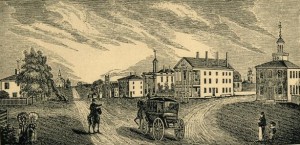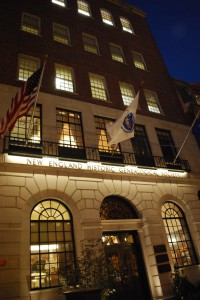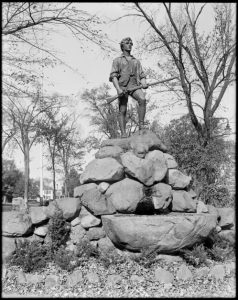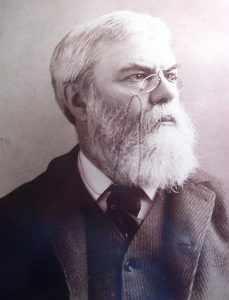[Editor’s note: This blog post originally appeared in Vita Brevis on 23 January 2017.]
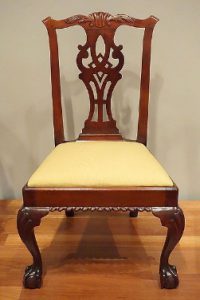
The Research Services team at NEHGS is occasionally approached with questions relating to the history of ownership (i.e. provenance) of a particular family heirloom. These questions are usually supplemented with stories about the heirloom’s first owner and how the object was acquired. Genealogists are uniquely qualified to carry out provenance research due to their familiarity with and frequent use of two sources commonly used in provenance research: wills and estate inventories. However, before consulting any of these sources, a serious study of an heirloom’s provenance should begin by studying the object itself.
To illustrate how the study of an object is crucial to provenance research, consider the following hypothetical scenario: An individual is interested in documenting the ownership of a piece of heirloom furniture (a side chair) that has been in the family for multiple generations. For the purpose of this exercise, let’s say that the chair is similar in form to the image at left, and that the chair is not a reproduction. Continue reading ICYMI: Researching family heirlooms
